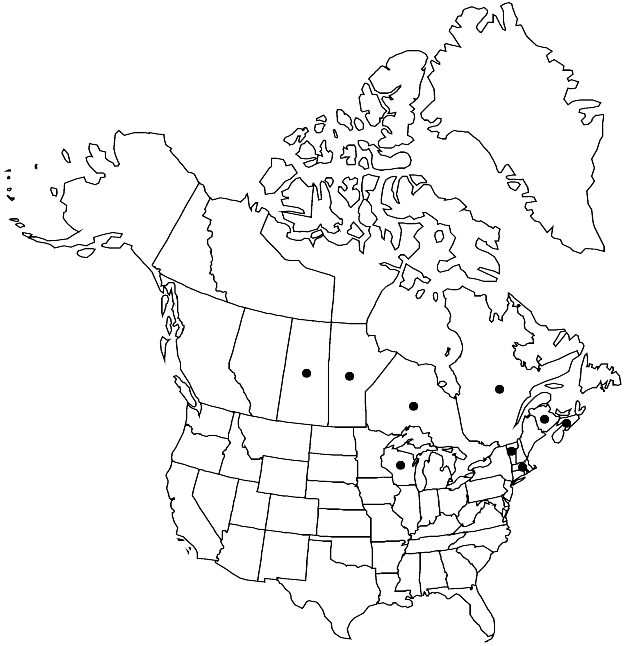Erysimum hieraciifolium
Cent. Pl. I, 18. 1755.
Biennials. Trichomes of leaves mostly 3-rayed or 4-rayed, 2-rayed ones usually on stem and pedicel. Stems erect, often branched distally, (slightly ribbed), (1–) 3–9 (–11) dm. Basal leaves (withered by fruiting; petiole 1–4 cm); blade elliptic-oblong or oblanceolate, (1–) 2–6 (–8) cm × (0.3–) 5–10 mm, base cuneate, margins entire or obscurely denticulate, apex acute. Cauline leaves sessile or subsessile; blade (linear or elliptic-linear), margins entire or obscurely denticulate. Racemes considerably elongated in fruit. Fruiting pedicels suberect or ascending, slender, narrower than fruit, (3–) 4–8 (–10) mm. Flowers: sepals oblong, 4–7 mm, lateral pair not saccate basally; petals yellow, obovate, (6–) 7–9 (–10) × 2–3 mm, claw 5–8 mm, apex rounded; median filaments 4–6 mm; anthers oblong, 1.5–2 mm. Fruits erect, (often appressed to rachis), linear, straight, somewhat torulose, (1–) 1.5–2.5 (–4) cm × 1–1.3 mm, 4-angled, not striped; valves with prominent midvein, pubescent outside, trichomes 3-rayed or 4-rayed, fewer 2-rayed ones, usually glabrous inside, rarely sparsely pubescent; ovules 40–60 per ovary; style cylindrical, slender, 0.5–2 mm; stigma capitate, entire. Seeds oblong, 1–1.5 × 0.4–0.6 mm; not winged.
Phenology: Flowering Jun–Sep.
Habitat: Moist areas, disturbed sites, grasslands, roadsides, waste ground
Elevation: 50-300 m
Distribution

Introduced; Man., N.B., N.S., Ont., Que., Sask., Mass., Vt., Wis., Eurasia
Discussion
Selected References
None.
Lower Taxa
"elongated" is not a number."narrower" is not a number."thick" is not a number."dm" is not declared as a valid unit of measurement for this property."dm" is not declared as a valid unit of measurement for this property.